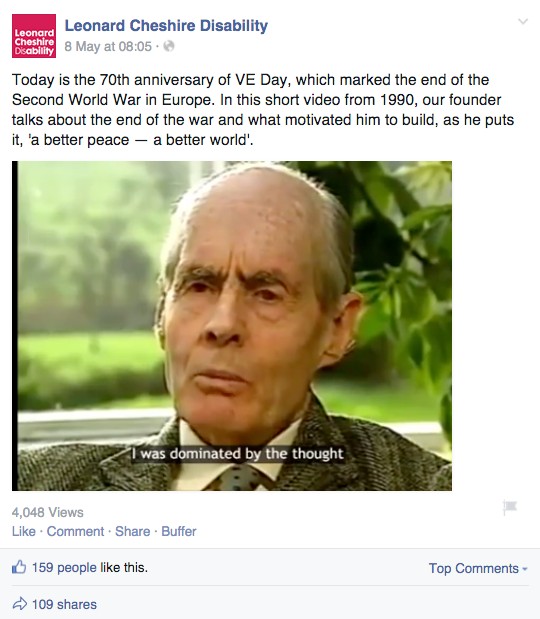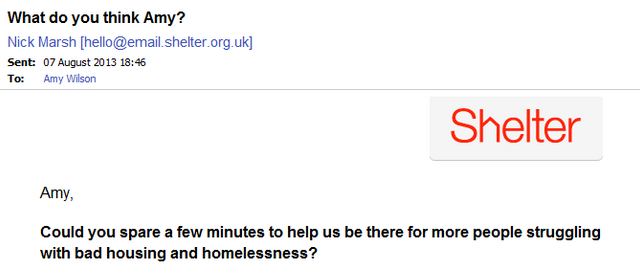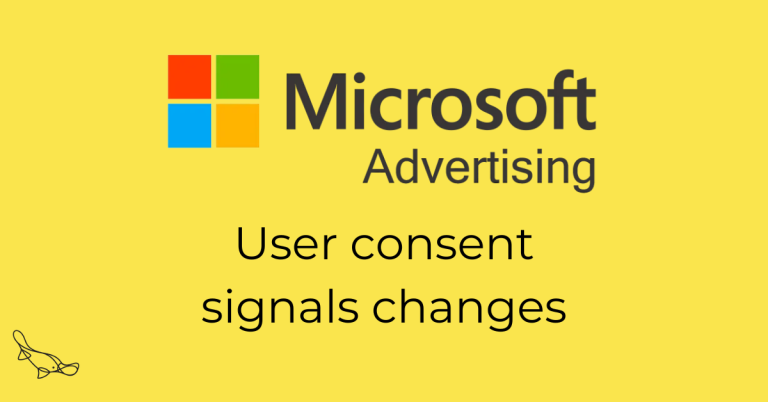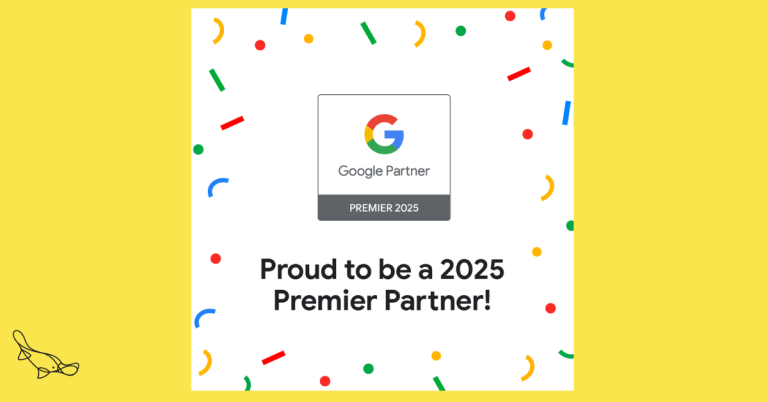Digital is an unbelievably important area for charities and nonprofits. Almost everyone experiences your organisation online first and foremost, from funders and fundraisers, to supporters and journalists.
Here are the foundations for ensuring that your digital marketing makes sense to all audiences, and that all channels are in sync with each other.
Have a simple website
Your website is the first port of call for people looking for advice or information about your cause.
While a super-sleek professional web design is nice, you can get away without one if you have:
- simple navigation
- nice, succinct pages that tell readers what they want to know quickly
- not too much ‘clutter’, like ads, scrolling carousels, Twitter feeds, etc.
Try to make each page no more than 400 words long if possible, broken up with useful headings, key phrases in bold and links.
Like it or not, many people will skim read your content, so keep it short and sweet so they get the gist of each page quickly.
Tell your everyday stories on social media

Social networks like Facebook, Twitter, Instagram are inherently social spaces. People go there to consume content that they find interesting, inspiring or provocative. This is where you want to be.
But instead of trying to create the next No Makeup Selfie or Ice Bucket Challenge, focus on the great everyday work your charity does.
Share photos of your beneficiaries or service users, publish quotes from your volunteers about what they get out of volunteering for you, and no matter how obvious they seem to you, link to all the advice pages you have on your website.
A social media top tip: use a free image editor like Canva to overlay inspiring quotes on photos (e.g. “I love volunteering for Macmillan, it’s the most inspiring part of my week” overlaid on a photo of the volunteer who said it). These images are hugely engaging, usually attracting tonnes of likes, comments and retweets.
Email your supporters

Email is an action taking channel, way more than social media is. The number of people using email is still far greater than those using social media.
What’s more, our inboxes are like our private online spaces these days, so if you have your supporters’ email address, you can feel super-priveleged to be given access to this space.
So sign up to one of the many Email Service Providers like Mailchimp, Dotmailer or Constant Contact, embed an email sign up form on your website and try to send an email to the list at least every two weeks or so.
Tell your subscribers about your events, your work and your campaigns. Set out your vision for a better world and tell them how they can get involved.
If you can, avoid the newsletter format like the plague. Packing 10-15 stories into one email can be overwhelming, even boring for supporters to wade through. A simple 100 word email with a nice, big, obvious link or button telling the reader what you want them to do (the call to action) is all you need.
Make sure your website works on smartphones
Take a look around on the next train you get on, and count the number of people consuming information on their mobile phones. It will be most of them. So a mobile presence is vital for your charity.
Your website should be readable on a mobile without having to pinch and zoom (ever done that on your phone? Annoying isn’t it? You probably gave up quickly – not something you want your visitors to end up doing.).
Ideally, have a responsive website that works across all devices, built by a nice friendly agency. If you can’t afford that, try lower cost options like Duda, Joosee or Zoho.
Install and analyse Google Analytics
I’ll go ahead and assume you already have a website. And if you do, it’s easy to find out where people are coming to it from using Google Analytics.
Get the agency or whoever did your website to install Google Analytics (they’ll know how). Then head to a couple of great standard reports – Acquisition / Overview, which will show you where all your traffic is coming from and the percentage who immediately leave again (bounce rate).
If you’re short of time, just look at the top two traffic sources and put as much effort as possible into getting more people via these channels.
Then go to the Behaviours / Overview report, which will tell you the top 10 most visited pages on your website. The top 10 pages often get more views than all the other pages put together, so make sure you’re making those pages nice and short, with good calls to action on each.
Sign up for Google Grants
Google Grants is Google’s programme for charities and nonprofits. By signing up, you get a monthly credit in your AdWords account of $10,000 (around £6,700 at the time of writing).
So what, I hear you cry. Well, AdWords allows you to pop to the top of search results in Google via ads, meaning that you can attract supporters who are already interested in your cause to your website. For free.
This is so helpful I can’t even begin to describe it.
Say you’re a charity that prevents homelessness. Someone searches ‘preventing homelessness’ on Google. Your ad pops up, telling them how they can help prevent homelessness, and they click through to your site.
You now have someone who is in the absolute perfect state of mind (known as high intent) to donate to you, volunteer for you, or sign a petition. For free. And with Google Grants, you can attract hundreds such people every month.
Did I mention it was free?
And if you go over your $10,000 limit, you can apply to quadruple it, to a tasty $40,000 a month (swoons).
—
So there you have it – the foundations of a digital marketing strategy for those short of time. Some elements will still take time, particularly writing emails and creating good social media content. Others can happen in the background while you deliver your organisation’s important work.
What challenges have you found in delivering digital marketing at your charity? Post your comments below.





